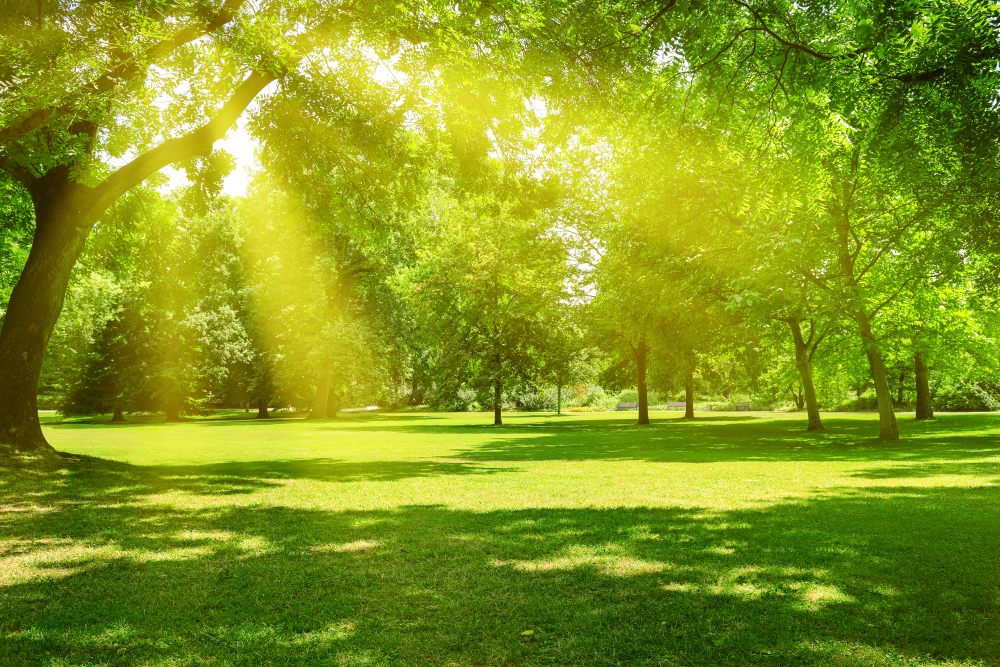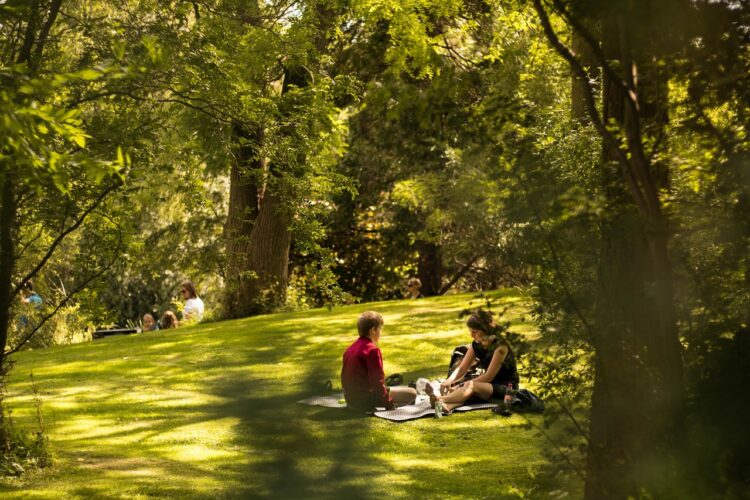City parks and green spaces help to cool the city, increase biodiversity, and provide a sense of calm in the urban jungle.
People who have access to green areas are found to be 2.5 years physiologically younger than those who do not, according to a recent study published in the journal Science Advances.
“Living near more greenery can help you look younger than your actual age,” said Kyezu Kim, main author of the study and postdoctoral fellow at Northwestern University’s Feinberg School of Medicine.
“We believe our findings have significant implications for urban planning in terms of expanding green infrastructure to promote public health and reduce health disparities,” she continues.
Green space exposure has previously been linked to improved cardiovascular health and lower mortality rates.
More physical activity and social connections are assumed to be the cause of the rejuvenation, but it is unclear whether the parks genuinely reduced ageing at the cellular level.
The researchers looked into chemical alterations to DNA known as’methylation’ to investigate this.
Previous research has shown that “epigenetic clocks” based on DNA methylation can be an excellent predictor of health issues like cardiovascular disease, cancer, and cognitive function, as well as a more accurate way of determining age than calendar years.
Find out more about: QUICK REACTION IS IMPORTANT: What Are The Symptoms Of An Inflamed Appendix?
Decades of research
approximately a 20-year period (1986-2006), Kim and colleagues followed approximately 900 whites and blacks from four American cities: Birmingham, Chicago, Minneapolis, and Oakland.
The scientists used satellite footage to analyse how close the participants’ homes were to surrounding vegetation and parks, and then compared that data to blood samples collected 15 and 20 years into the study to establish their biological age.
The researchers used statistical models to estimate the results while controlling for other variables such as education, wealth, and behavioural issues such as smoking that could have influenced the outcome.
They discovered that those whose residences were surrounded by 30% greenery within a five-kilometer radius were physiologically 2.5 years younger than those whose homes were bordered by 20% vegetation. Blacks with more access to green space were physiologically one year younger, whereas whites were three years younger.
“Other factors, such as stress, the quality of surrounding green spaces, and other social support, may influence the degree of benefit of green spaces in terms of biological ageing,” Kim explained, adding that further research is needed to understand the variations.
For example, parks in poor neighborhoods that are used for illegal activities may be less frequented, negating the benefits.
She said that the next step could be to conduct research on the association between green areas and certain health outcomes. It’s also unclear how greens slow ageing, according to her.
Manuel Franco, an epidemiologist from the University of Alcalá and Johns Hopkins, called the study “a well-designed study.”
“We have more and better scientific evidence to increase and promote the use of urban green spaces,” Franco, who was not involved in the research, noted.
After reading this text you can also read about: 3 Natural And Cheap Recipes For Fresh Breath




